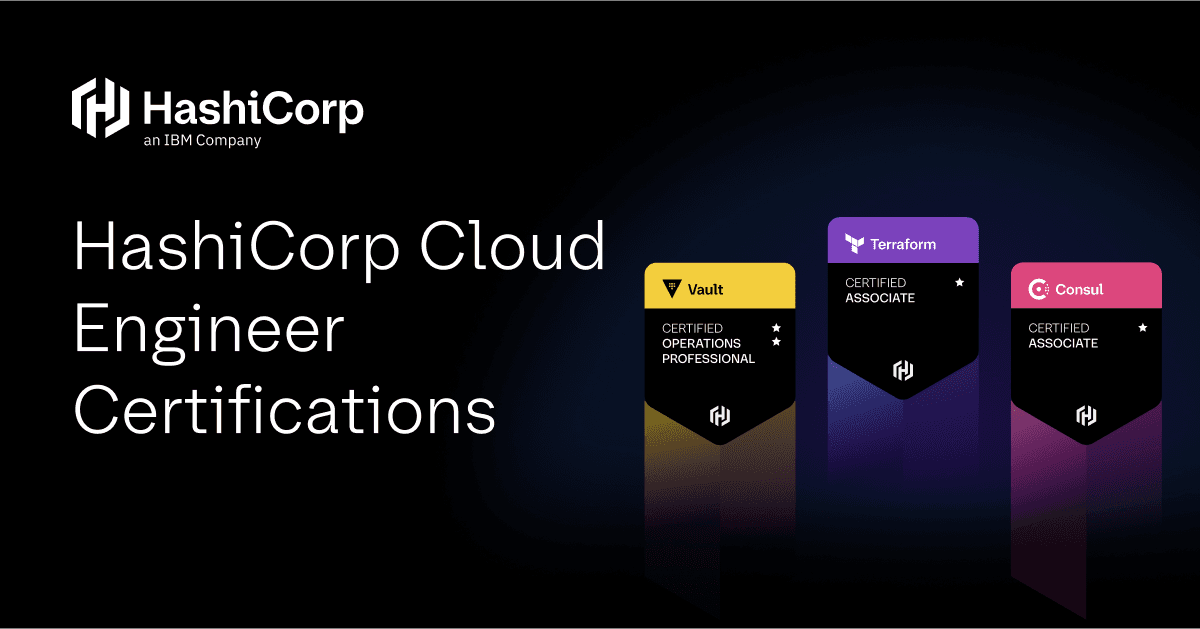How to become a developer advocate: Part 4, submitting to a call for papers
Four steps toward writing a great abstract to submit to a conference call for papers (CFP).
Developer advocacy or technical pre-sales can be a great way to use your technical skills to help developers solve their challenges, but a successful transition from engineering also requires a number of soft skills. This blog post, the fourth in a series, shares three steps that can help you craft a submission to a call for papers (CFP) process.
Read part 1: Public speaking
Read part 2: Building empathy
Read part 3: Finding your audience
The first three parts of the series offer tips on how to build up your public speaking skills, find your audience, and develop empathy with them. The next step is to begin sharing your knowledge by speaking at conferences!
Conferences often send out a call for papers (CFP) for talks. This post covers how to find an appropriate conference and craft a proposal that appeals to reviewers and, ultimately, your audience. Writing and submitting a proposal can be intimidating, but considering your audience and asking for suggestions makes it easier to brave a CFP process and become a speaker.
»Step 1: Choose a topic
Before you write an abstract for a CFP, carefully read the conference’s call for papers to determine its audience, suggested topics, and talk formats. Some conferences suggest a general focus, while others have specific requirements. You can reference the agendas from previous years to better understand the types of talks the conference accepts.
You might find yourself concerned about what you should talk about and whether anyone will want to listen. Whether you’re introducing a tool or diving deep into a code base, you can be confident that your experience will help someone.
Conference talks tend to fall into a few categories:
- A discovery talk outlines what you learned from getting started with a new technology or concept.
- You can also talk about a previous experience running a system in production, also known as a case study.
- Other talks discuss patterns and practices or high-level approaches to implementing a concept.
- If you want to go into greater detail, you can do a deep dive on a technical topic.
Identify which category you feel most comfortable with and determine if you have something you want to learn or an experience you want to share. Choose a problem that you solved or want to solve. For example, you might have compromised a password and wished you had a solution to rotate it automatically. Your talk could focus on a solution to that common problem, such as HashiCorp Vault.
To further refine your topic, refer to the conference CFP. Ask yourself, “Who would benefit most from this talk?” Write down the personas that would find your talk interesting and whether they are starting, practicing, or scaling your solution. Understanding the personas will help you write an abstract and stay on topic. For example, your talk on a compromised secret could benefit platform, software, and security engineers.
Next, identify the scope of your talk. If the conference is looking to fill a short session slot, such as a lightning talk, you want your topic to be very specific and narrow in scope. For longer sessions, you can add more details or broaden the scope of what you discuss. In our example, you might choose to focus only on how to rotate and retrieve a static secret in Vault for a lightning talk. A longer session might include configuring a dynamic secrets engine for Vault.
»Step 2: Build the abstract
Writing an abstract for a CFP has been known to invoke writer’s block. To get around that obstacle, rather than diving right into what you will cover, start by describing the problem you thought of when choosing your topic. An engaging abstract presents the problem and briefly describes the solution. Answer these questions:
- What problem do you have right now? How big is that problem in relation to your system, company, or industry?
- What helps you solve that problem?
- Are there tools or solutions that you’ll show to help solve the problem?
For example, consider the following abstract for a talk on secrets management:
| You just wrote some configuration for a pipeline and ran it for the first time — only to realize it prints out a database password in the logs! In a panic, you message your security and database team and request to rotate the password. However, you realize that you don’t know which applications use the password and how the rotation will impact other teams. Can you make this easier in the future? | What problem do you have right now? |
| In this session, you’ll learn how to use a secrets manager to store and manage passwords, credentials, and certificates. A secrets manager provides one place to retrieve and audit secrets, allowing any authorized application to get a new secret on-demand. | What helps you solve that problem? |
| Throughout the session, you will set up an application to retrieve secrets from HashiCorp Vault and automatically update the application upon rotation. | Are there tools or solutions that you’ll show to help solve the problem? |
In general, avoid making sales pitches in your proposal unless the conference asks you to outline the benefits of a specific solution. Conference attendees often want to understand how a solution may solve their problem with some considerations on the patterns and practices of using a specific technology.
Some CFPs include specific requirements on the format and length of abstracts. If the description does not contain much information on format, try to use active voice and a first-person perspective (“I/we/you”). This adds energy and speaks directly to the conference attendee.
»Step 3: Create a title
A good title for a talk catches a potential attendee’s attention and gives just enough information to communicate its relevance. Writing a creative, interesting title that quickly communicates the topic of your talk may seem like an impossible task, but by leaving this for last you’ll already have a summary to work with and maybe even some ideas on a creative analogy or metaphor to use. Start with one or two ideas and share them with a trusted advisor — you’ll have a great talk title in no time.
As a general rule, try to keep your title to approximately 50 characters. Shorter titles make it easier for conference attendees to quickly review the title and decide if they’re interested in listening. My example session could have a titles like:
- Protect your secrets with secrets management
- Develop faster by rotating your secrets
Avoid misleading clickbait titles.
»Step 4: Get feedback
Before you submit your proposal to the conference, have a friend review the abstract. Ask them to look for grammatical and spelling errors and check for technical accuracy. You want your reviewers to say, “Yes, I’d attend this talk!”
Some conferences offer CFP submission help. If you have any questions or want additional review, reach out to the conference organizers, most often they’ll be happy to advise you.
Sign up for the latest HashiCorp news
More blog posts like this one

Ace your Terraform Professional exam: 5 tips from certified pros
Three HashiCorp Certified: Terraform Authoring & Ops pros share their advice for preparing for and completing the certification exam.

From DevOps engineer to solutions engineer: Bridging the gap between technology and business
Read about one engineer’s lessons learned from their days as an application and DevOps engineer transitioning to becoming a solutions engineer at HashiCorp.

The 2025 HashiCorp Principle Awards
Meet the winners and runners up for HashiCorp's nine core Principle Awards.